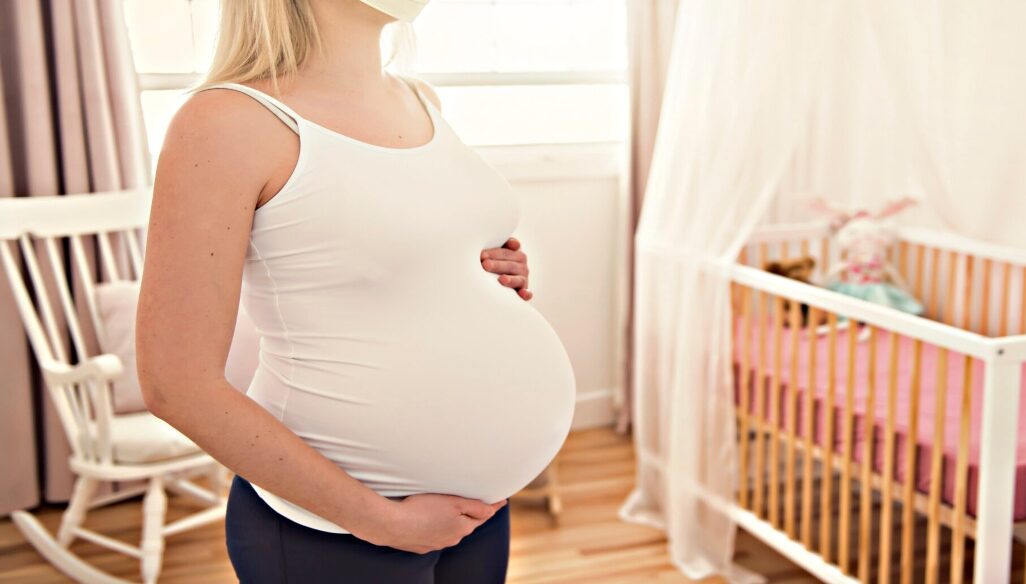
Healthcare workers are at the top of the priority list of groups to receive the Covid-19 vaccine. Vaccines have been rolled out in some countries, while others like India are giving final touches to their plans. Vaccines that are or would be rolled out are being done after receiving Emergency Use Authorisation (EUA) from each country’s regulatory agency. According to the WHO, about 70% of healthcare workers, who are the beating hearts of every healthcare system, are women. A large proportion of them is in the reproductive age group. It is estimated that in the US over three lakh health workers will be pregnant or breastfeeding as initial doses of vaccine(s) are being rolled out. In India, we have roughly 13 lakh Anganwadi workers, nine lakh ASHAs, and two lakh Auxiliary Nurse Midwives—all women; about 90% of over 30 lakh nurses are women. There are about one million MBBS doctors of which 13-15% may be women. A significant number are likely to be pregnant or breastfeeding when the vaccine(s) would start being distributed. Will they get an emergency use authorised vaccine?


Vaccine(s) that have received EUA (like the Pfizer-BioNtech) or are in the pipeline (like the Moderna, AstraZeneca) have not been tested for safety and efficacy in pregnant and lactating women. The traditional sequential approach in a typical clinical trial is to conduct the efficacy trials in non-pregnant women. Once a vaccine has been found to be effective and safe, a bridging study is usually performed enrolling pregnant women as volunteers. The major advantage is that they are protected from the potential risk of the candidate vaccine under trial. The downside is that it delays the approval of the vaccine. This means that a large number of frontline healthcare workers may remain unvaccinated.
Let’s take a step back and see if SARS-CoV-2 affects pregnant women differently than non-pregnant women. Results of surveillance being carried out by the US CDC provide information on over 23,400 pregnant women between 15 and 44 years with laboratory-confirmed infection with SARS-CoV-2 virus. Even after taking into consideration age, ethnicity, and underlying health conditions, pregnant women were at about three times higher risk of requiring admission in ICU, ventilator support or heart-lung by-pass machine compared to those who are not. Deaths are also more likely among pregnant women. The study did not include pregnant women who tested positive but were asymptomatic. A report from Sweden shows that the risk of being admitted to ICU may be higher in lab-confirmed pregnant women than others. In the UK, information about the outcome of over 400 pregnant women indicates that one in ten required intensive care. According to the WHO, pregnant women or recently pregnant women who are older, overweight, and have pre-existing medical conditions seem to have an increased risk of developing severe Covid-19.
Given that pregnant women are at a higher risk of developing severe Covid-19 as compared to others, how have regulatory agencies addressed this issue while giving EUA for the vaccines?
The first vaccine to receive the EMU was Pfizer-BioNTech vaccine known as BNT162b2.Pfizer-BioNTech vaccine is an mRNA vaccine. The active ingredient is messenger RNA, synthetic in nature, that carries instructions for making the virus’ spike protein. mRNA is delivered in a tiny sphere of inert fatty material called a lipid nanoparticle.
The UK government was the first to accord EUA to the Pfizer-BioNTech vaccine but has not recommended the vaccine for pregnant and lactating women. Its Medicines and Healthcare products Regulatory Agency (MHRA) has advised pregnant women should not have the vaccine until more information is available.
In the US, the FDA and the CDC have left the door open for the healthcare workers to decide. The FDA notes that while there have been no specific studies in these groups, there is no contraindication to receipt of the vaccine for pregnant or breastfeeding women. They are advised to discuss potential benefits and risks of vaccination with their healthcare provider. The Canadian government has toed the line of its neighbour – the US.
It is learnt that Pfizer-BioNtech has applied for emergency use authorisation in India. Would the DCGI go the UK way or join the US and Canada group. Without the appropriate data, the regulatory agency in India is likely to lean towards the UK’s decision.
It is not difficult to appreciate the dilemma of the regulators. They are dealing with a new virus and a vaccine developed using new technology without much data specific to pregnancy and lactation. The Pfizer-BioNTech is not a live virus vaccine, and therefore there’s no reason to believe that it would put an expectant mother or her unborn child at risk, nor that it would cause any harm to breastfed babies but still evidence is needed.
A similar situation is likely to emerge when AstraZeneca and Serum Institute of India or Bharat Biotech submit their application for emergency use authorisation. Pregnant healthcare personnel will continue to wait till safety and efficacy data emerges. We need far-sighted and ethical actions, especially when it comes to diseases like Covid-19, the precaution should be weighed vis-a-vis the benefits the vaccine would offer.
Generating evidence for Covid-19 in pregnancy and lactation should become a priority. Since the immune responses to vaccination in pregnant women cannot be assumed from that of non-pregnant women and because the assessment of safety of vaccination in pregnancy is unique, pregnant women should be included in appropriately designed vaccine trials. The vaccine developers/ manufacturers should ensure that at least some of the candidate vaccines prioritised for development should use platforms and adjuvants that have been found safe and effective in vaccines developed earlier for other infections.
At the global level, the public health and medical establishments must move forward with responsible and informed inclusion of pregnant women in the design, clinical trials, and implementation of vaccine programmes both now and in the future. This will ensure that pregnant and lactating healthcare workers receive the same protection as their non-pregnant colleagues.
The writer is an infectious disease epidemiologist and an independent consultant.















